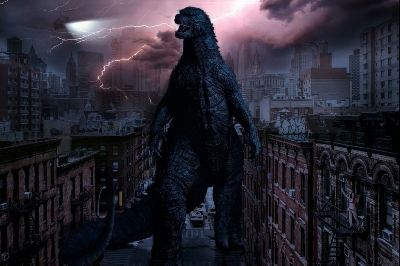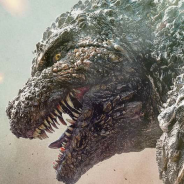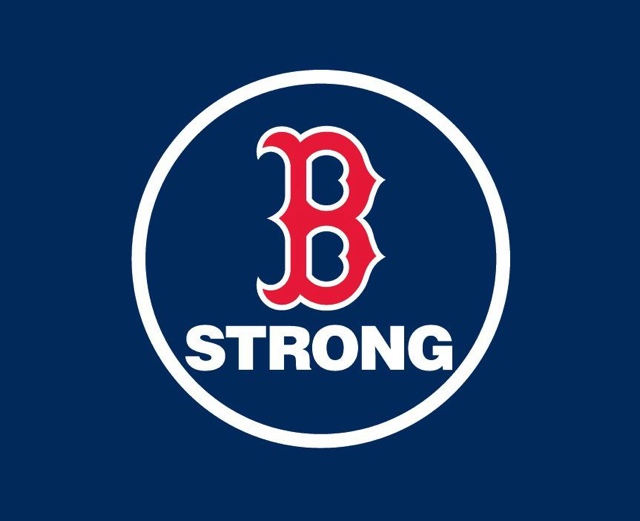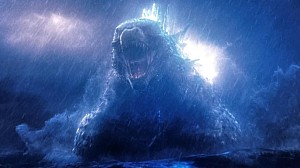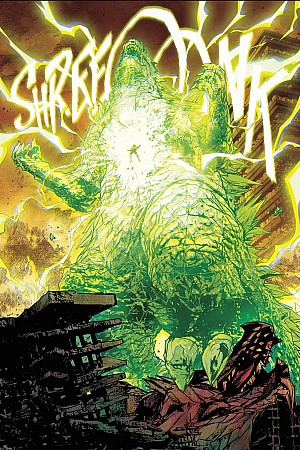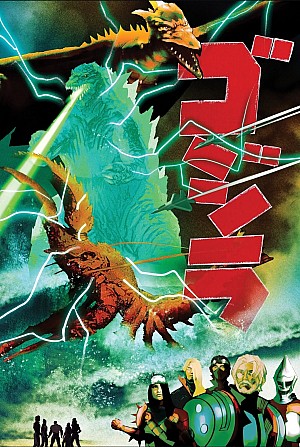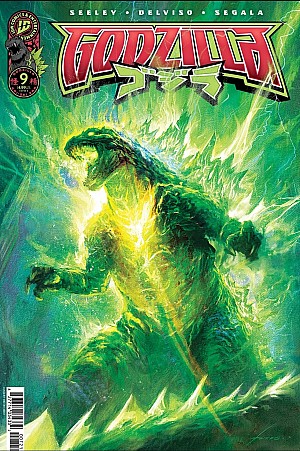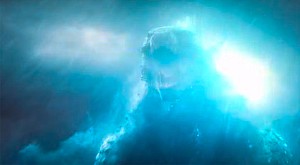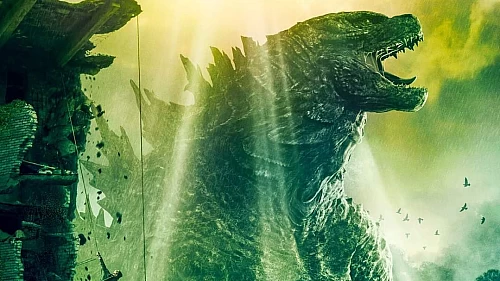There has been a long history of Godzilla, or a variety of other kaiju, attacking cities in Japan. As a genre of movies, TV shows, and other media, these Godzilla stories are full of Tokyo, Fukuoka, and Osaka being decimated by the might of the prehistoric reptilian monster.
Entire cities have been destroyed by Godzilla – and his cohorts – for decades now and the latest batch of movies have introduced a whole new audience to the brilliance of the genre. These new Godzilla movies have been produced by American studios but the focus of the monster’s destruction has still tended to shy away from US cities. But that is not to say that Godzilla has never ventured to the American coasts.
Godzilla is not attracted by the political machinations of America or localized issues such as the Super Bowl in Las Vegas – or the best California sportsbooks that offer markets on those types of events. But he has tried to cause mayhem and destruction on both the East and West coasts. Here’s a quick look at how Godzilla has gotten on Stateside.
Destroy All Monsters (1968)
Made in the late 1960s, Destroy All Monsters is set in a future (actually 1999) when humans have discovered how to live in peace. How this has been done is not entirely clear but it does involve all kaiju being confined to a place called Monsterland, just off the coast of mainland Japan.
But an evil race of aliens take over the minds of the scientists tasked with looking after the monsters and they are all set free to lay siege to the major cities of the world. Mothra takes on Beijing, Rodan heads for Moscow, and Manda attacks London. It is left to Godzilla to destroy the United Nations building and the rest of New York City.
These combined attacks are all a distraction, however, as the aliens are planning to take over Tokyo from a base at the foot of Mount Fuji. When Earth reclaims control of the monsters, the aliens turn to King Ghidorah to protect them and defeat all of the kaiju. The monsters win the day and Godzilla ends up destroying the Mount Fuji base, suggesting that it knows who its real enemy is.
Godzilla (2014)
This was the first movie in the new reboot franchise, kicking off the MonsterVerse, and it was also the second Godzilla film to be completely produced by a Hollywood studio. Unsurprisingly, the US is under threat here, when MUTOs {Massive Unidentified Terrestrial Organisms) are awoken and attempt to converge on San Francisco where the female is waiting.
By sheer coincidence, an American soldier is trying to return from Japan to his family in the Bay Area and is caught in the crossfire. After the MUTOs attack a number of cities in the US, Godzilla arrives at the Golden Gate Bridge to continue its ancient rivalry. A US Navy Admiral then decides that it would be better to destroy all of the monsters but the soldier is able to send the warhead far out to sea while the battle rages.
Godzilla eventually defeats the MUTOs – destroying Honolulu in the process - and collapses on the Californian shore, exhausted. It then reawakens and heads back out to sea, with the public firmly on its side and the media calling Godzilla, “King of the Monsters” and speculating whether it is actually defending the human race after all.
Godzilla (1988)
We head back to New York City for this one – and back in time for the much-criticized but also underrated Roland Emmerich movie that brought Godzilla back to a global audience with the first-ever film produced by a Hollywood studio.
This long-awaited reboot was actually originally planned to be the first part of a trilogy. But the combination of a large budget and generally negative reviews put paid to those ideas. Instead, an animated series was made instead and TriStar’s remake/sequel rights expired.
After French nuclear tests create monsters in the South Pacific, Godzilla makes its way to New York, which is then evacuated. It is discovered that the monster has come to the East Coast to lay eggs, with the nest being Madison Square Garden. The army then bombs the arena and draws Godzilla to the Brooklyn Bridge where it is killed. It seems as though the horror is over… until we see a solitary egg that evidently escaped destruction, hatching in the smoldering embers of MSG.

Figure 2 The reptilian monster has turned up here a few times
Godzilla: Final Wars (2004)
Our final example of Godzilla taking aim at US cities instead of its more usual Japanese targets was an international collaboration between Japan, the US, Australia, and China – and follows much the same story as the Destroy All Monsters classic from 1968.
Here, a series of environmental disasters have created not only a group of monsters but also mutant superhumans who are recruited to fight them. The governments of the day are under the illusion that this has been a successful venture before the kaiju attack a number of world cities (as in Destroy All Monsters) including Rodan laying waste to New York City.
An alien race is, once again, revealed to be behind the attacks and it is down to Godzilla to battle the ultimate monsters in order to save the day. Fortunately, our hero wins these battles and ends the movie returning back to the ocean until the next time it is called upon.
More MonsterVerse movies have now been made, including this year’s Godzilla x Kong: The New Empire. But the reptilian monster attacking the US has not been part of the story, so far. There does seem to be renewed interest in all things Godzilla though, so maybe we will see it off the shores of America again soon.
Get the latest news and updates on Toho’s upcoming Godzilla projects delivered to your social media feeds by following us on X, on Instagram and liking our Facebook page!
More to explore from Toho:
- Godzilla Minus One sequel now in development!
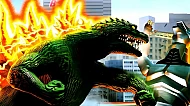
New Godzilla console games are scheduled to arrive before 2028!
Toho are planning to release new Godzilla console games within the next 2 years!
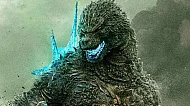
Is the Godzilla Minus Zero release date June 1st, 2026?
A date placeholder set by Google and IMDb have fans wondering if the Godzilla Minus Zero release date has been revealed, but Toho has yet to confirm.
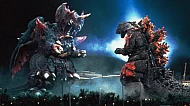
4K remaster of Godzilla vs. Destoroyah coming to theaters in April 2026... but only in Japan.
If you're in Japan next April make sure to book a ticket to see Toho's 4K remaster of Godzilla vs. Destoroyah! Sadly, North American fans will miss out.

